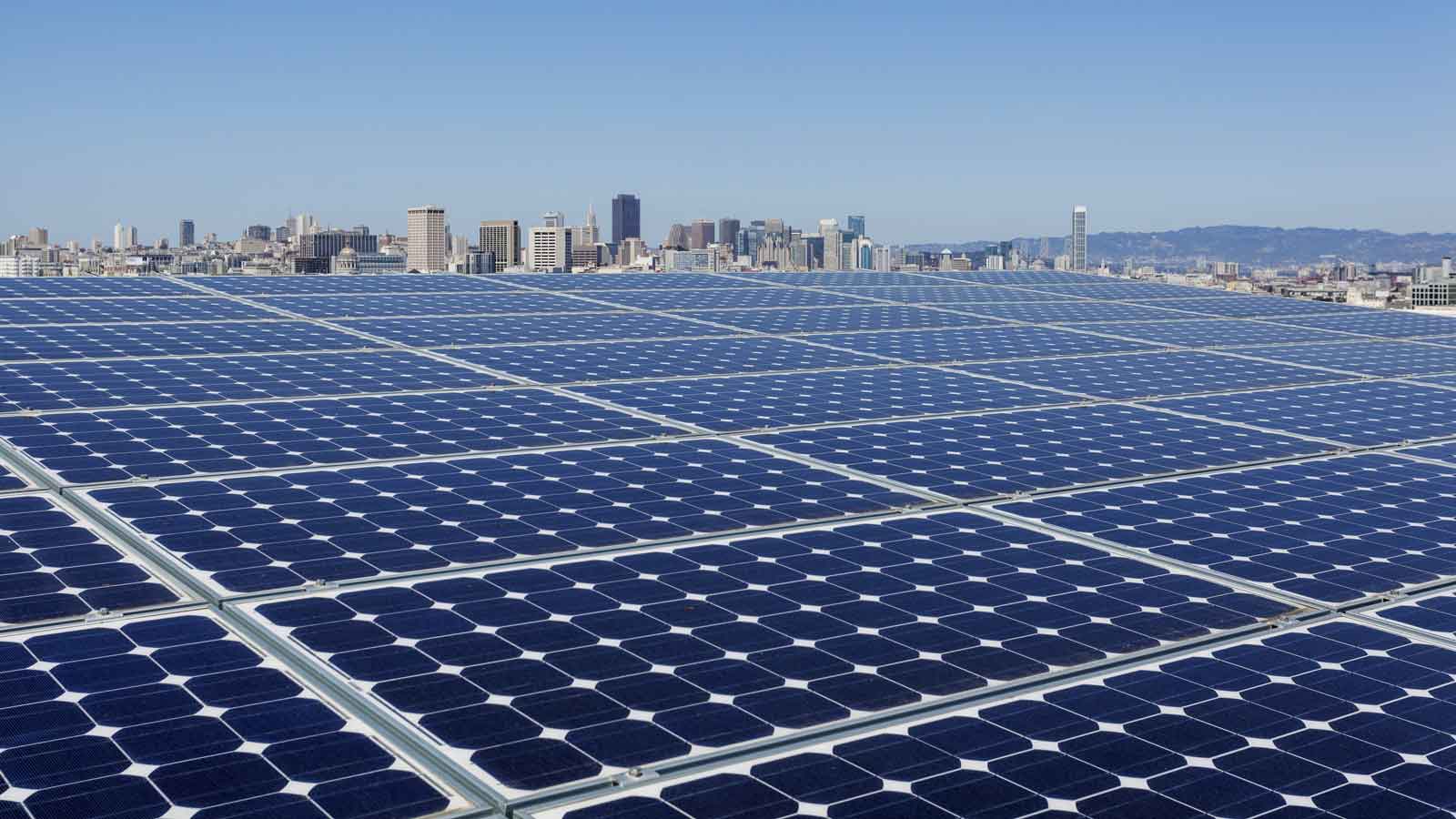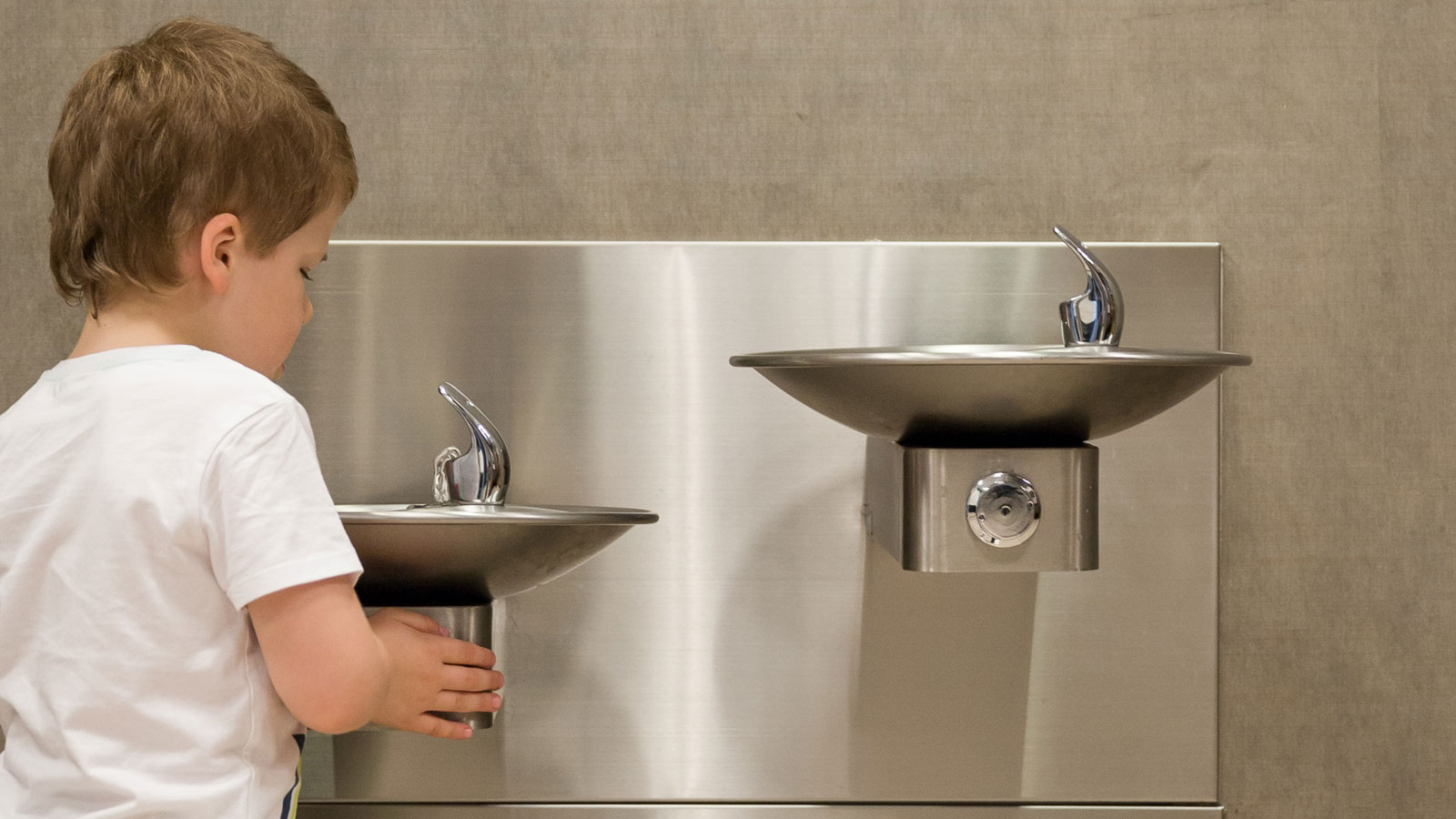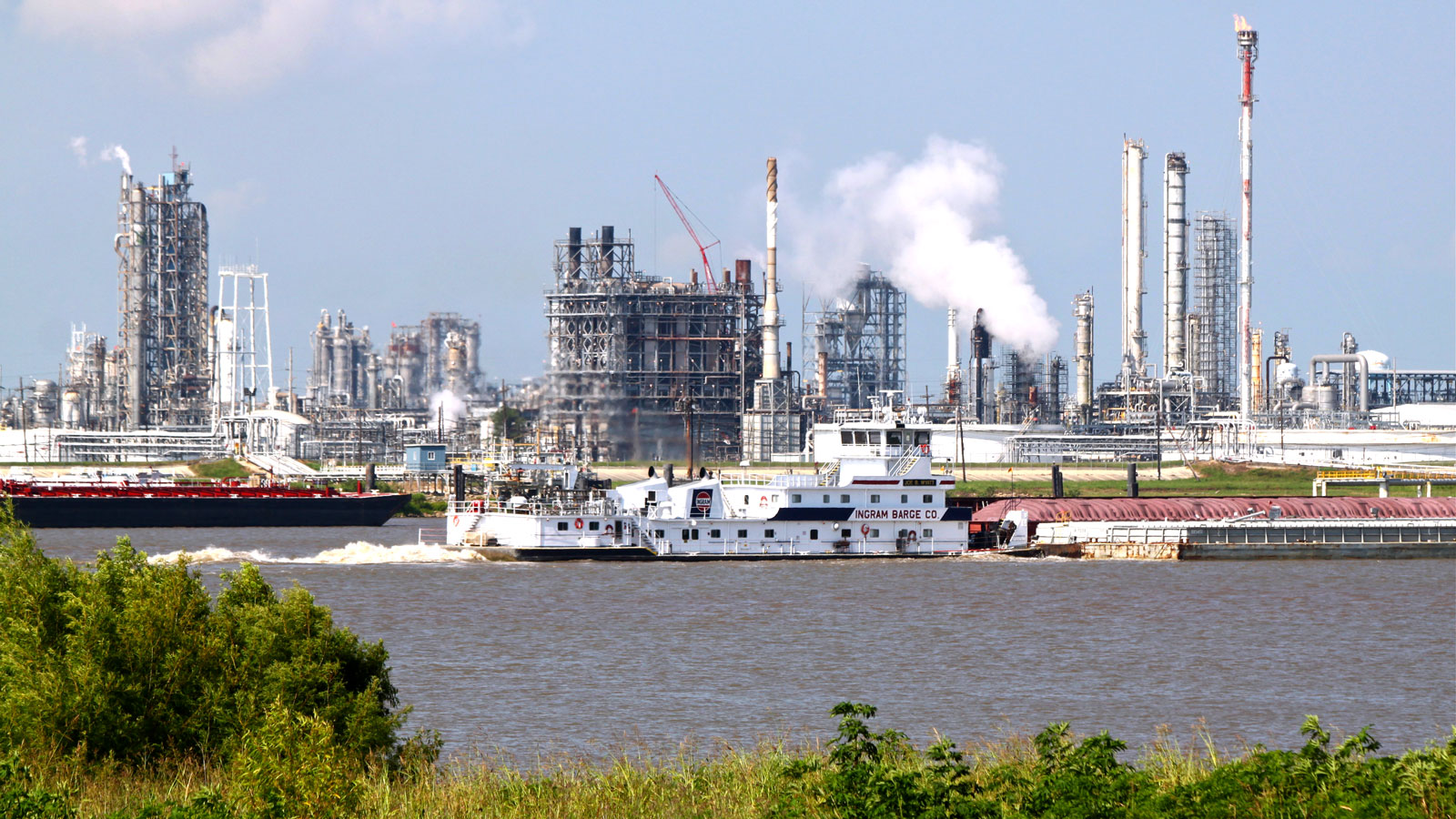Ten Ways Your Community Can Go Solar
The United States has enough solar energy installed to power over 11 million American homes. America’s cities and towns play a key role in driving the adoption of clean, renewable energy. Yet, most have only begun to tap their solar energy potential. Local governments can set the pace for solar growth by driving development through effective public policy and community engagement, reaping benefits for the environment, public health, grid resilience and consumers.



